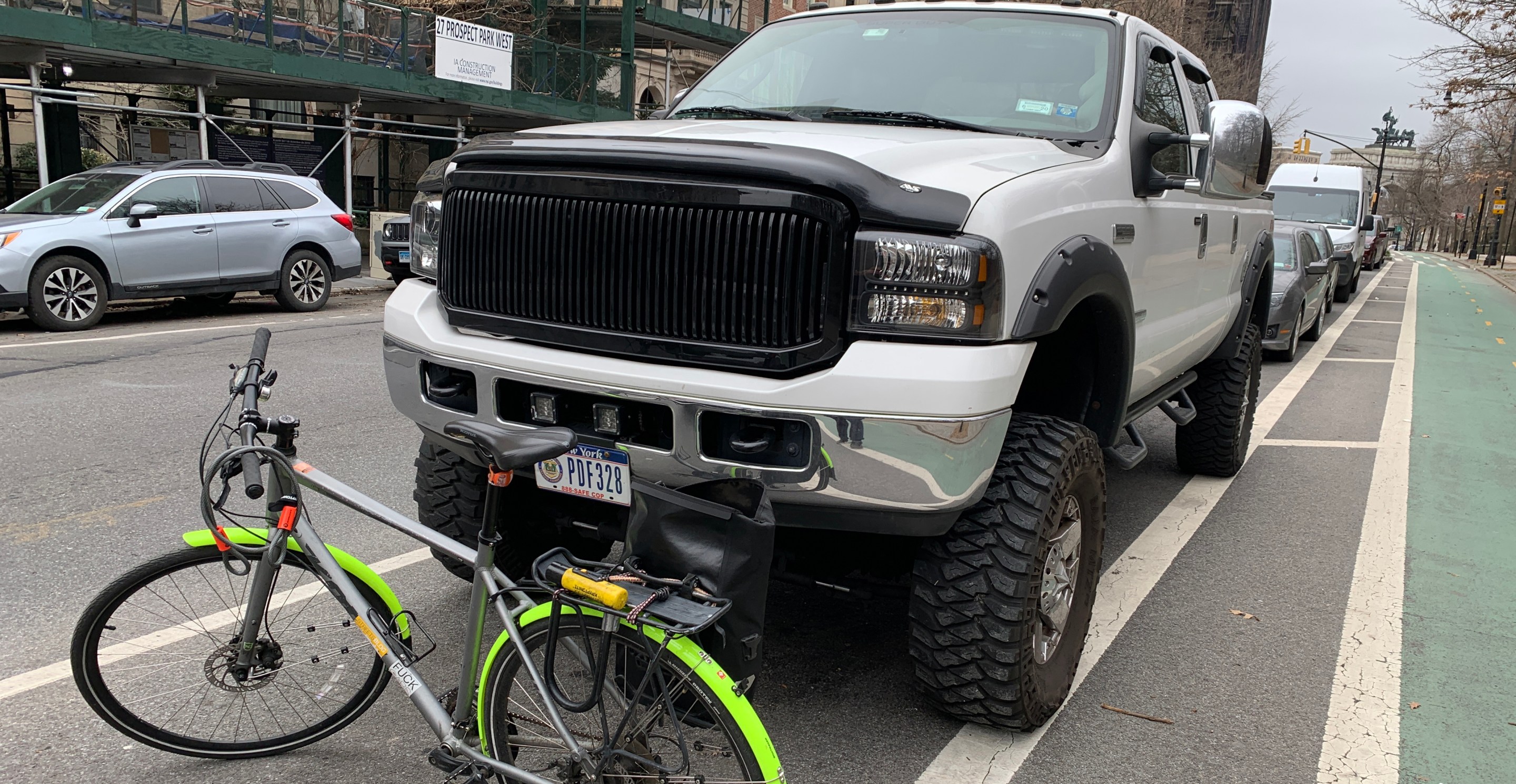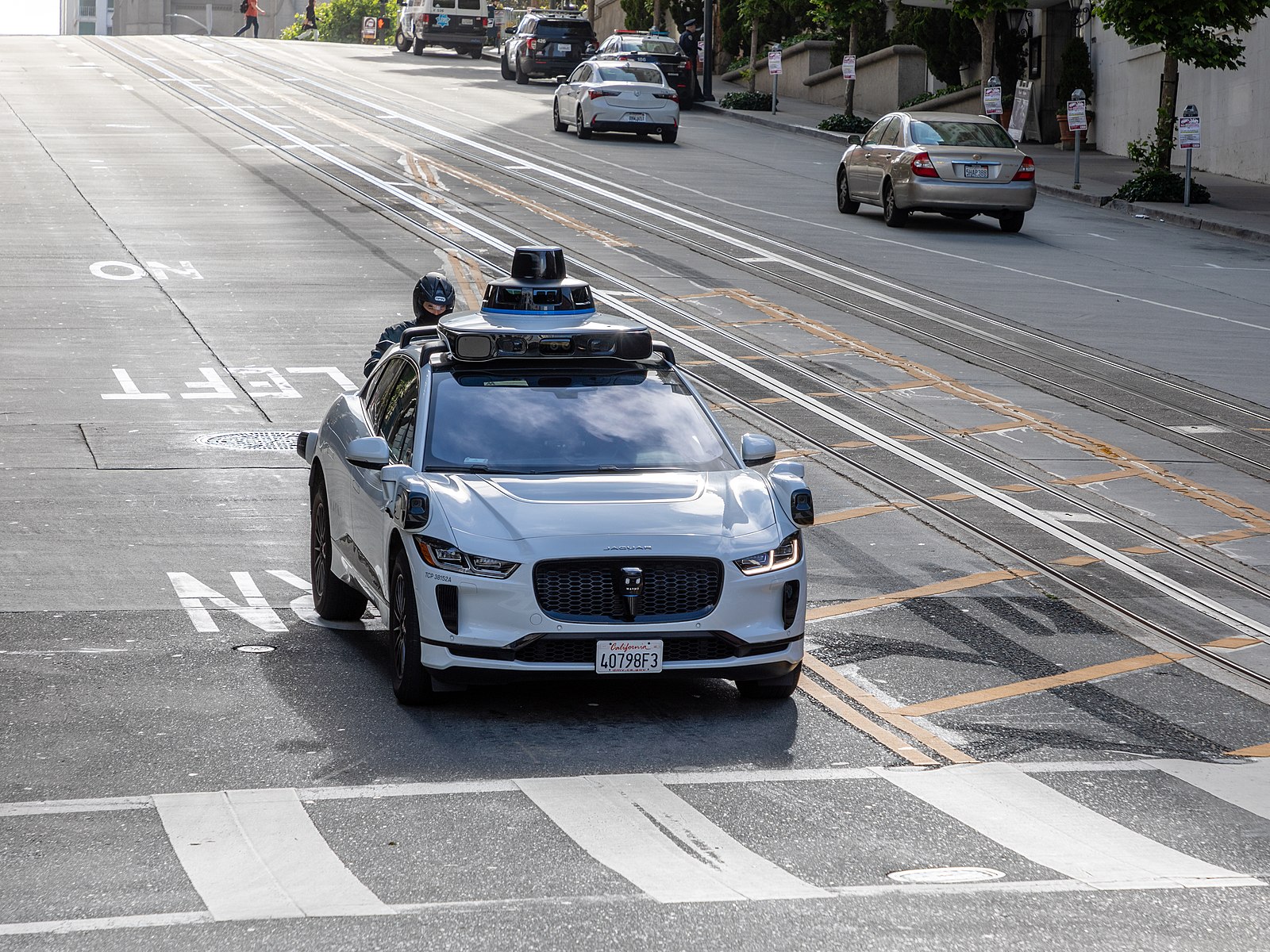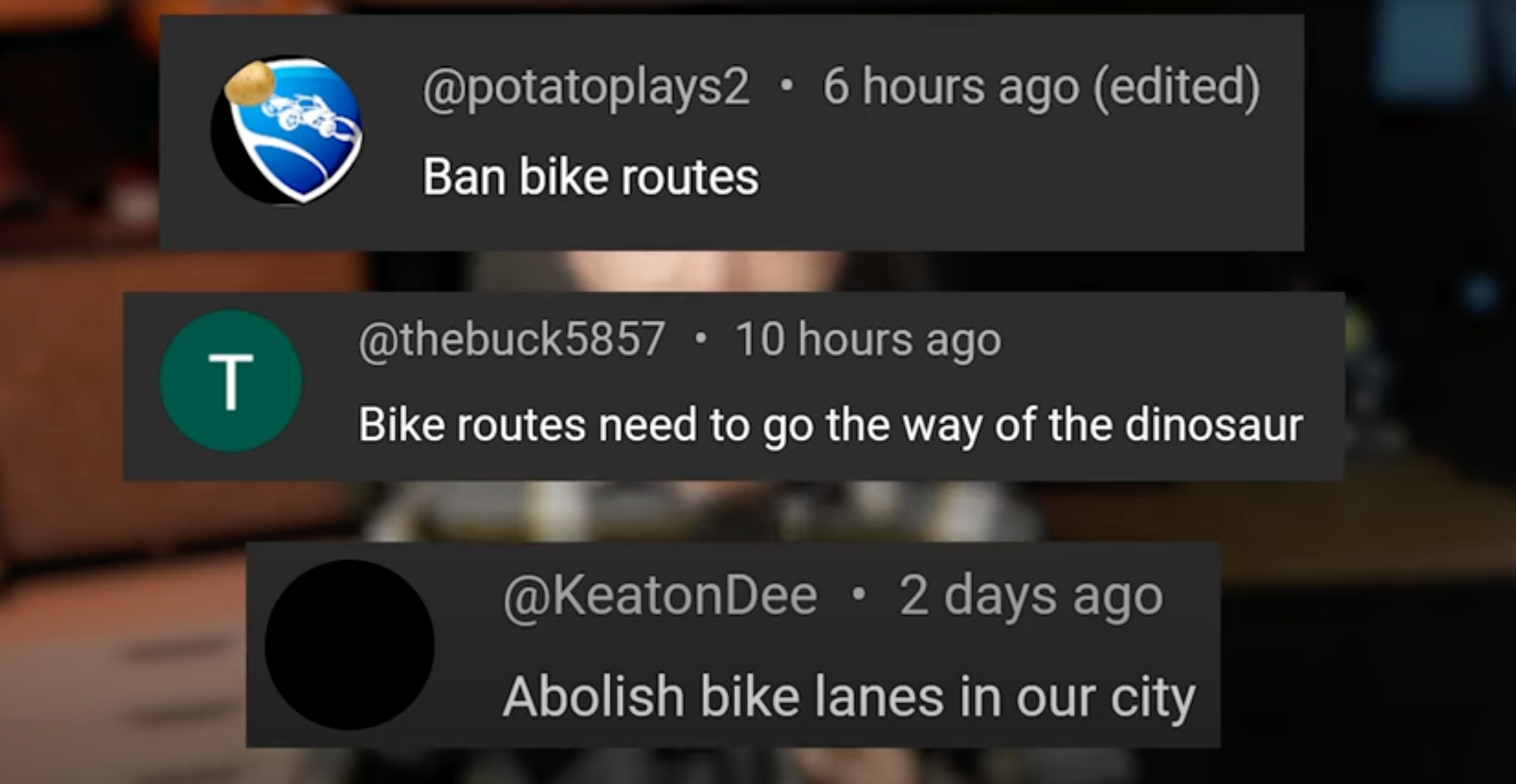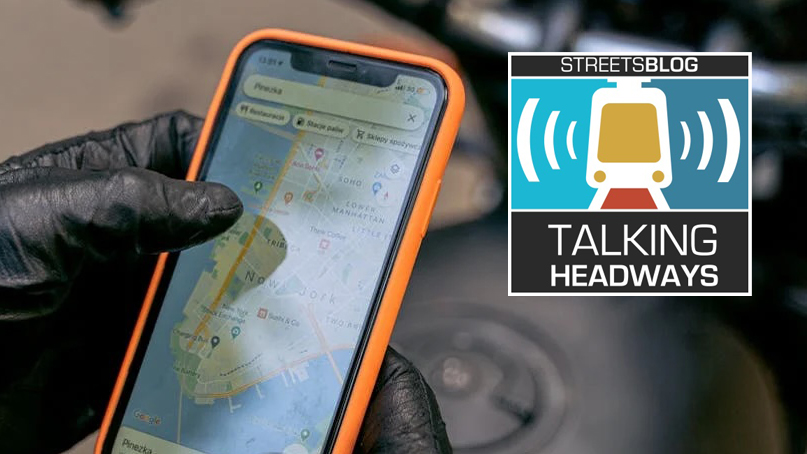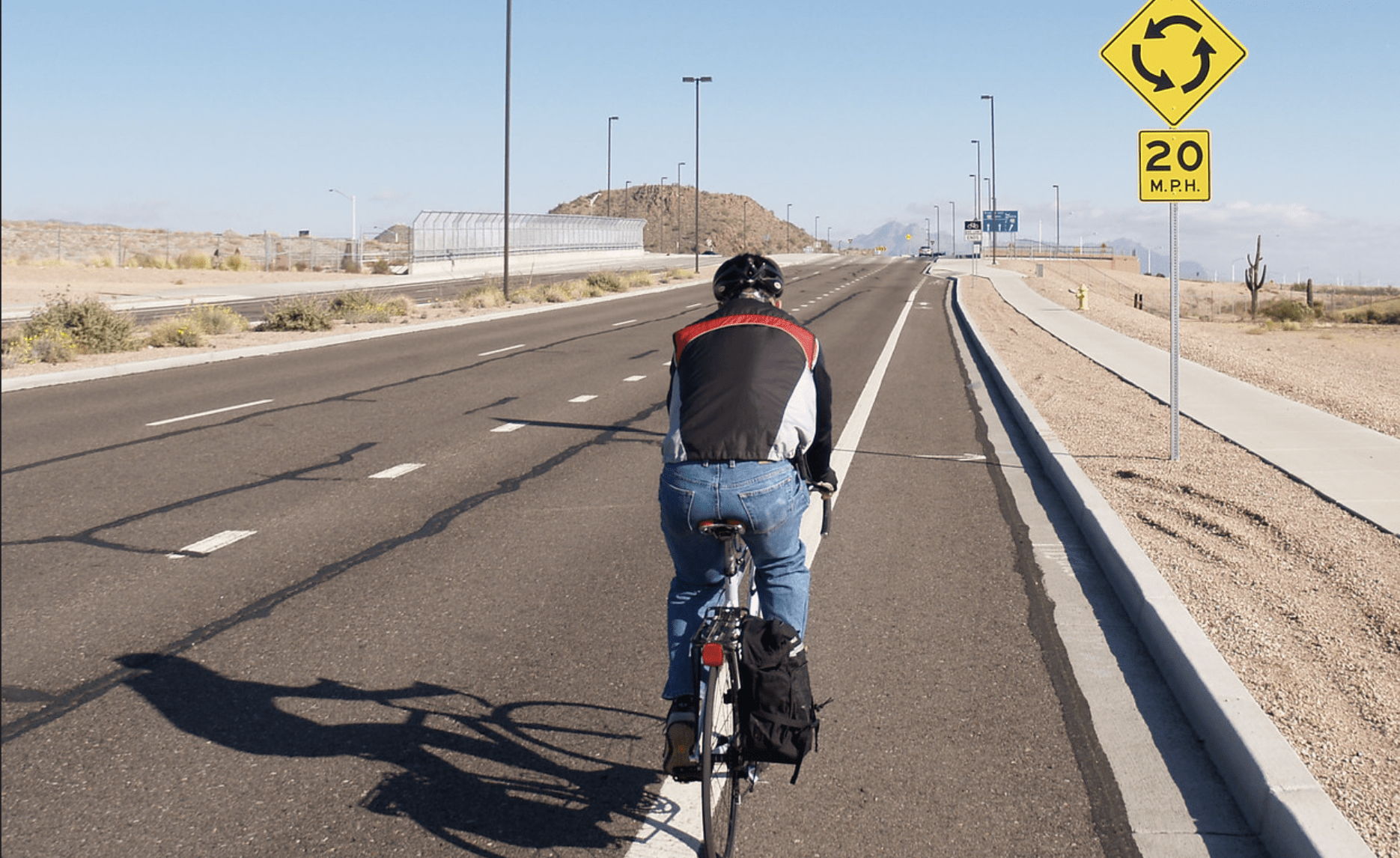A proposed Colorado law would require the drivers of vehicles that are more likely to kill vulnerable road users to help pay for infrastructure projects to stop pedestrian and cyclist crashes before they happen — while dodging many of the political pitfalls that too often kill similar proposals.
A bill currently moving through the Colorado legislature would, for the first time, impose a “vulnerable road user protection fee” on heavy passenger cars, trucks and SUVs registered in the state, a reflection of research that shows such vehicles are significantly more likely to kill pedestrians and cyclists in a crash.
About one-fourth of U.S. states base their entire vehicle registration process on weight, but Colorado may be the first to direct a weight-based fee specifically to a “vulnerable road user protection enterprise cash fund,” which would raise up to $20 million a year for infrastructure improvements aimed at slowing down cars, making people outside vehicles more visible, and saving lives.
That windfall is a lot smaller than it could have been — and that’s by design. According to analysis from Colorado Public Radio, the graduated fee would charge drivers of cars like the Toyota Rav 4 SUV as little as an extra $4.50 a year, while the behemoth Hummer would pay $29.90 more. Residents of all but the 12 most populous counties, meanwhile, would be exempt from the fee entirely, a move which the sponsors of the bill say is meant to reflect where bicyclist and pedestrian deaths most often happen.
“We’re addressing this from a data-based perspective,” said state Senator Lisa Cutter (D–Jefferson County), the lead sponsor. “Data shows us that higher vehicle weights directly correlate with vulnerable road user deaths. It just makes sense to tie funding to that. It’s not about disincentivizing the purchase of this vehicles; it’s about recognizing that these are the cars that are disproportionately involved in these fatalities.”
Of course, many sustainable transportation advocates argue that disincentivizing large vehicle purchases should be a legislative priority — even in less-populous rural areas where pedestrian death rates are actually higher per mile than they are in urban centers. The District of Columbia, for instance, won applause last year when it proposed what Citylab’s David Zipper called the nation’s most “forceful financial disincentive against the biggest, heaviest car models” by increasing fees on cars over 6,000 pounds from $155 to $500.
The District’s whopping weight fee, though, would go to the general fund, where advocates will have to fight to have it allocated to road redesigns that could prevent pedestrian crashes in the first place. And in a state like Colorado, whose Taxpayer Bill of Rights amendment makes it notoriously difficult to generate and retain revenue, getting any money for pedestrian projects is a top priority, even if it isn’t equal to damage that large cars cause.
“We really don’t have funding for things like shortening crossing distances,” added Cutter. “In Colorado, the legislature has zero flexibility in increasing taxes. We just have to think really hard about how to increase the pie in order to cover things that are important. And certainly decreasing deaths of people who walk, bike and get around in wheelchairs is important.”
The Colorado law will also likely win points with some Vision Zero advocates for its refusal to grant exemptions for electric vehicles, which are typically around 30 percent heavier than their gas-powered counterparts — making them potentially more lethal in a crash. Cutter says she’s a strong proponent of EVs’ climate benefits, but recognizes that getting people out of cars entirely is critical, too.
“I actually felt really strongly that I didn’t want to be inconsistent in how we apply [this law],” she said. “[These fees] are not punitive towards people who buy EVs. I mean, 90 percent of the work I do is tied to environmental issues; of course I want people to buy EVs. But it’s also absolutely true that the weight of EVs fits into the equation in terms of vulnerable road user deaths. We didn’t want to say, ‘Well, we like EVs better, so we’re carving them out.’”
If Cutter’s bill passes, she’s hopeful it can serve as a template for other states seeking to reckon with the steep costs of the megacar crisis — even if not all their citizens want to pay. And in some communities, that might mean far higher or more widespread fees than Colorado is set to charge.
“You just have to know your community,” she adds. “That’s good legislative advice in general. You have to understand where you’re willing to draw the line.”
